This pair of vintage Crockett & Jones was in bad condition that even I tried my best to renovate its leather, it still cannot service me well. So I plan to ditch it and have a close look before.
Last
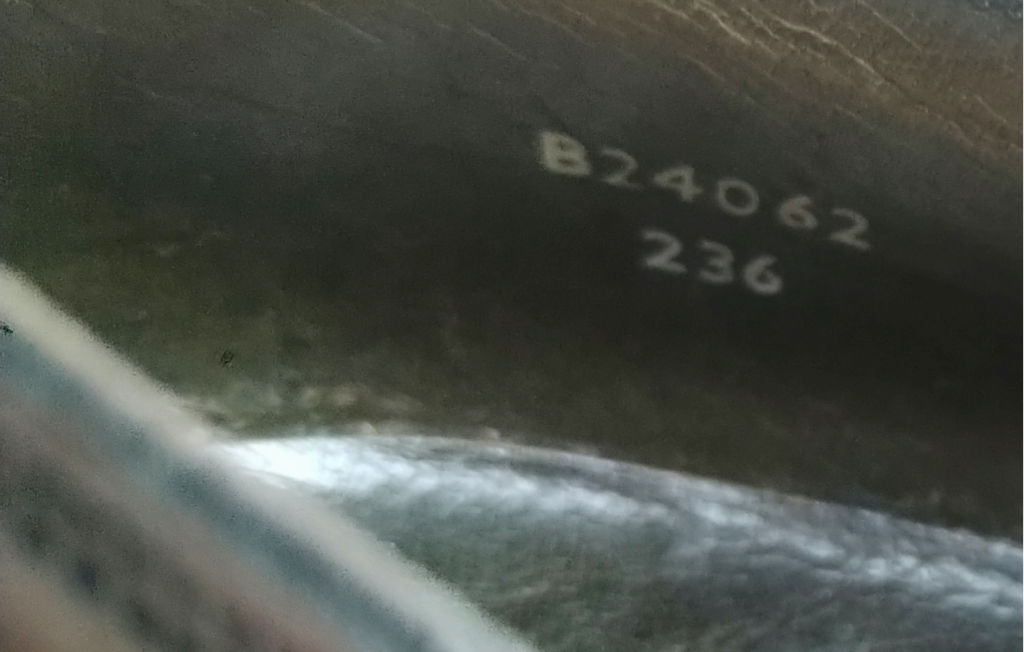
I found the last information in the lining, which is 236, the very iconic conservative English round toe. Currently there is only one model sitting on last 236, which is the cap toe oxford, Connaught 2.
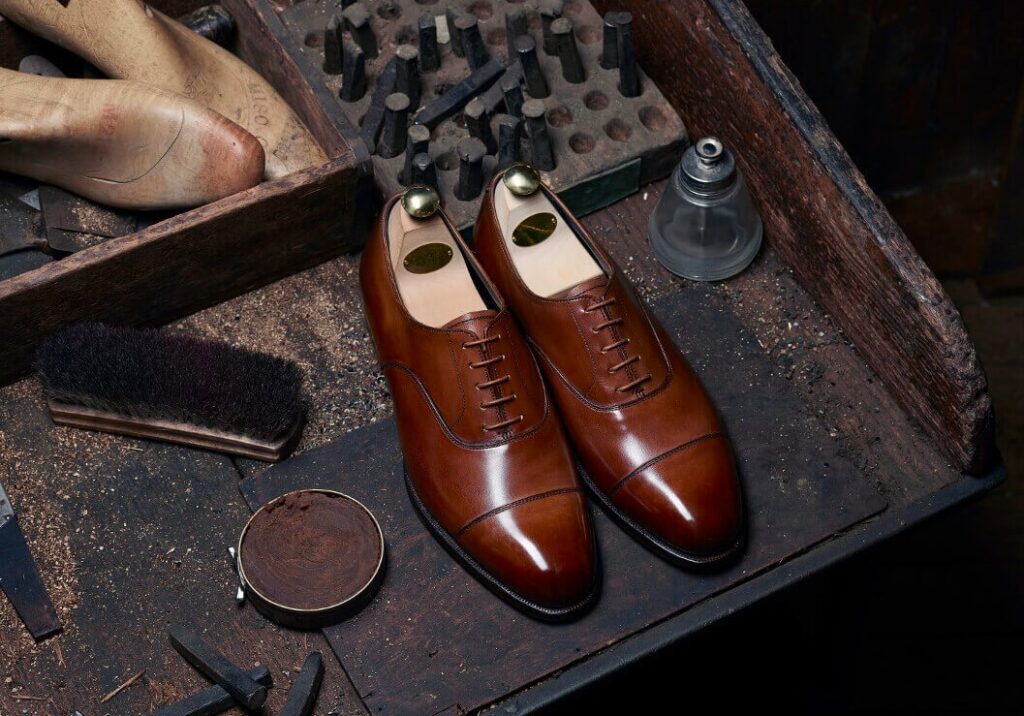
Crockett & Jones officially describes last 236 “Most Blunt”. But is it?
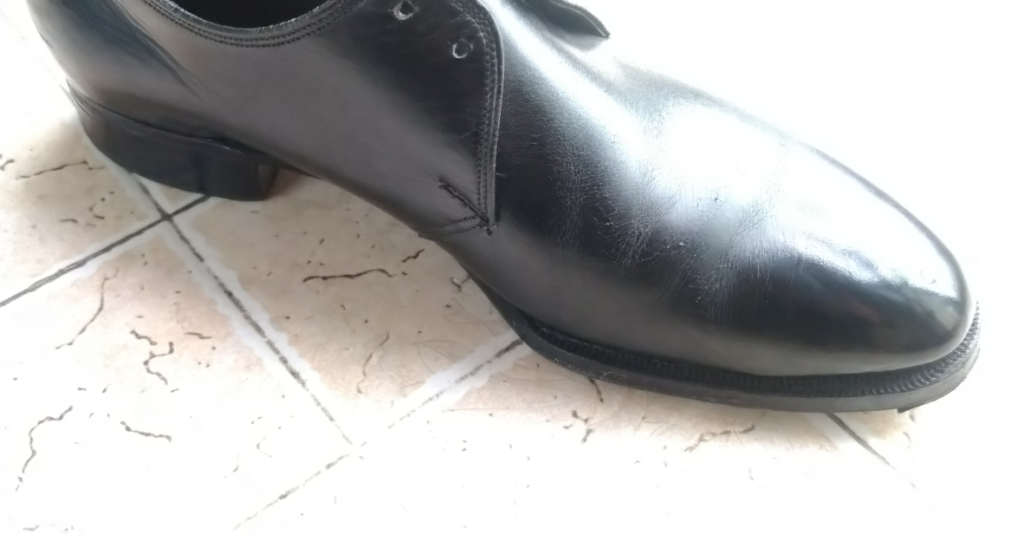
I cannot imagine anyone denies its utmost beauty and say anything bad about this last.
With which we can make a conclusion that last 236 is made for plain toe, not cap toe!
Besides, the waist is so charming and you cannot find it on current Crockett & Jones shoes, at least not on a pair of main collection.
Lining leather is not at a high level which I have seen on some Italian shoes.
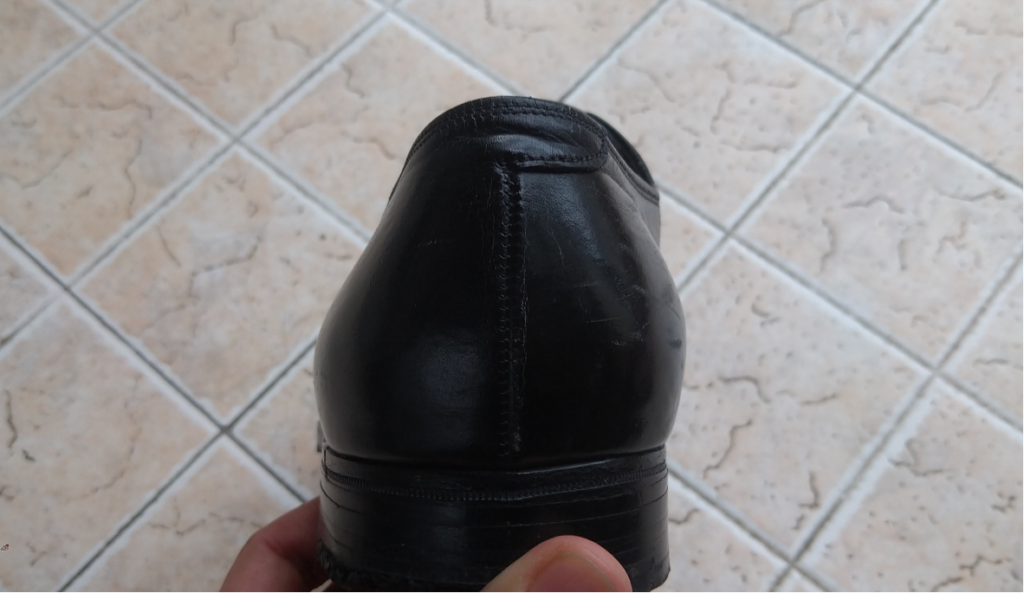
The heel cup is so sculptural that no one can match!
Pattern
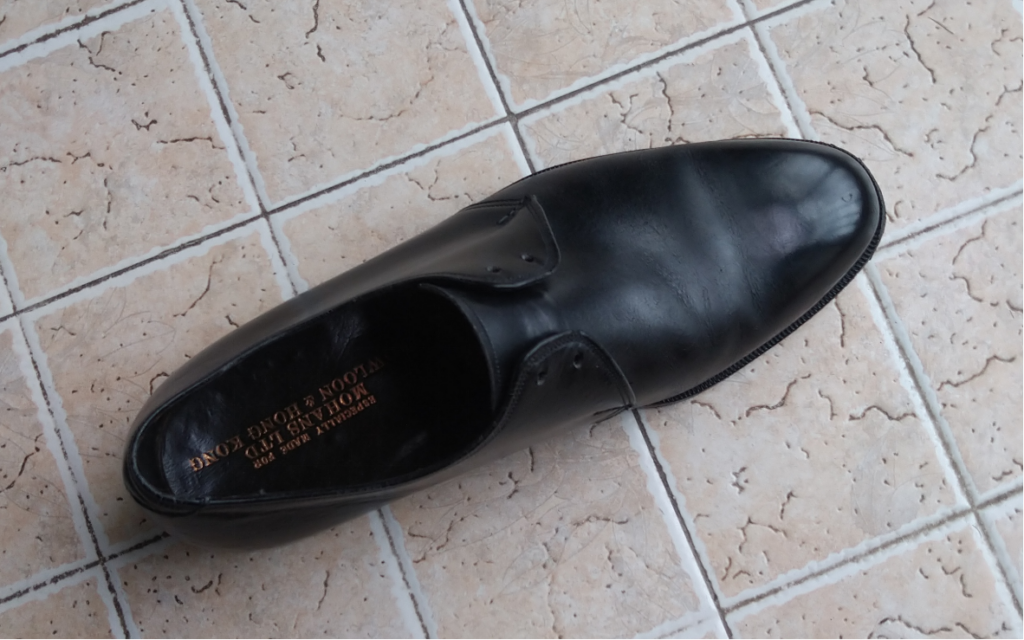
Two eyelets derby which cannot be found anywhere associated with Crockett & Jones, so sadly we don’t know this model’s name.
In current offerings, the closest model is Highbury.
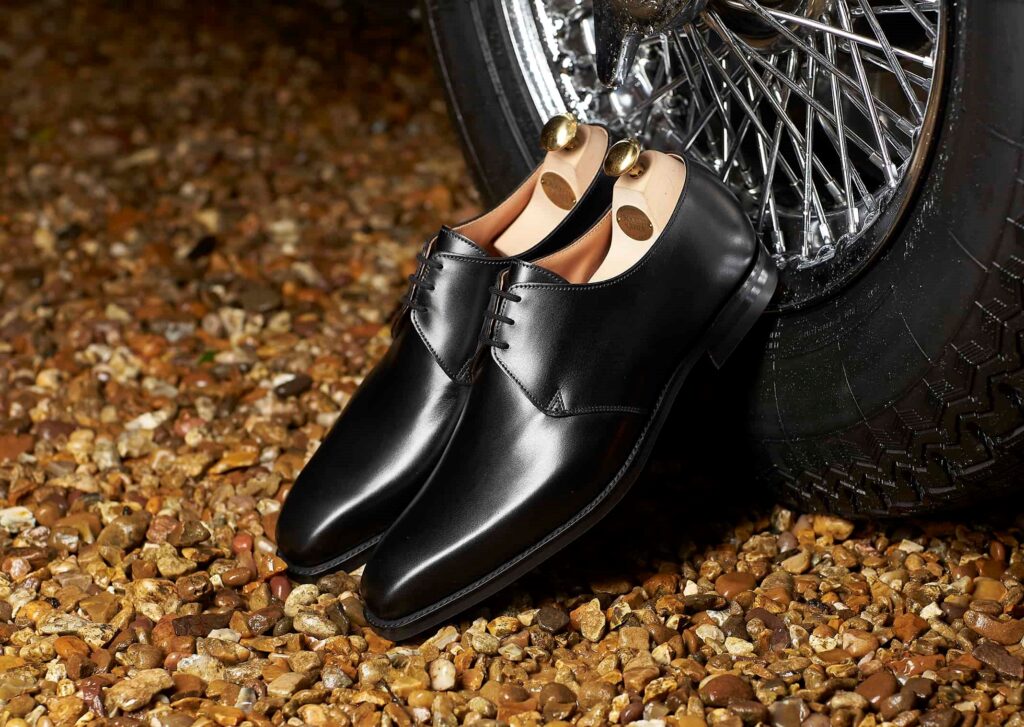
No matter the number of eyelets, or the last, Highbury loses badly.
Construction
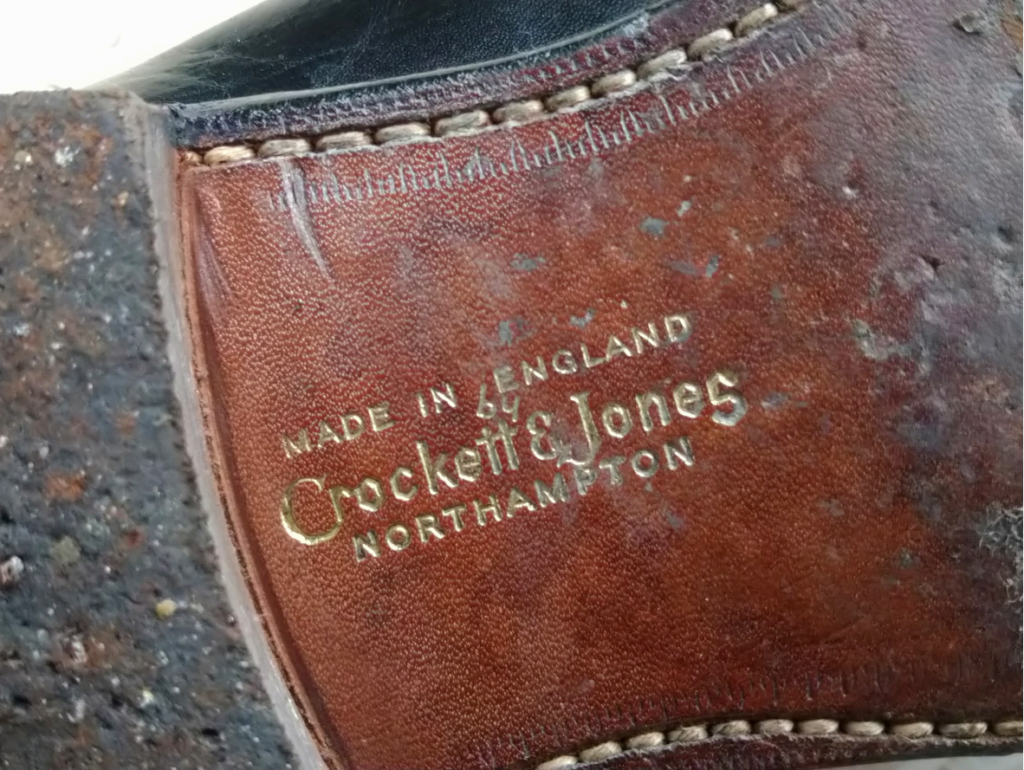
Open channeled Goodyear welted. I know the rising Spanish shoemakers have pushed the level of close channel as the default. However main collection of Crockett & Jones is still admired by me because the gold stitches are so good looking that no one cares about open or close channel.
Along with the slot where stitches locate, the fudge is fine and beautiful which makes open channel say exquisite no less than closed channel.
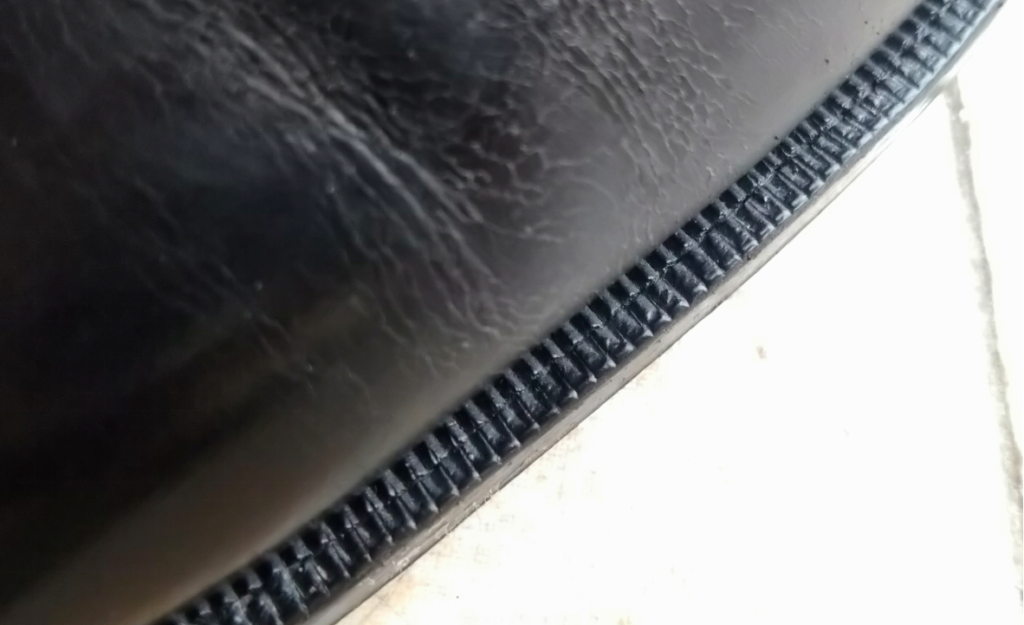
Stitches on the welt is greatly hidden.
I summarized three methods of hiding the stitches on the welt which I call Cover, Middle and Side.
Cover, dip fudge wheel into wax then cover the welt layer by layer. In the end, the stitches are black and cannot be easily distinguish from the welt.
Middle, which is what we see on this pair and the practice John Lobb Prestige line takes. Cut open a slot on the welt in the middle, stitch the welt to the outsole, cover back the edge of cut leather. The same thing we also witness on how sole hides stitches on this pair of Carlos Santos.
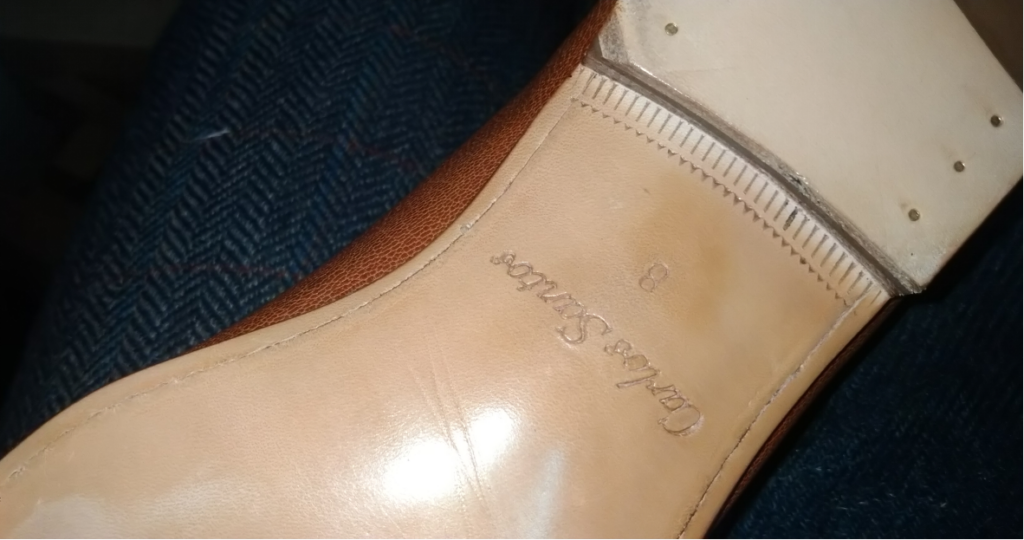
Side, the same method as most close channel Goodyear welted shoes hide stitches on the outsole. Cut from the side and cover it back after stitching. I feel this method can hide the stitches the best which makes people guess the shoes are glued. The example is this pair of Maftei.

All three methods share a same presumption that the stitches sit right on each ridge of the fudge.
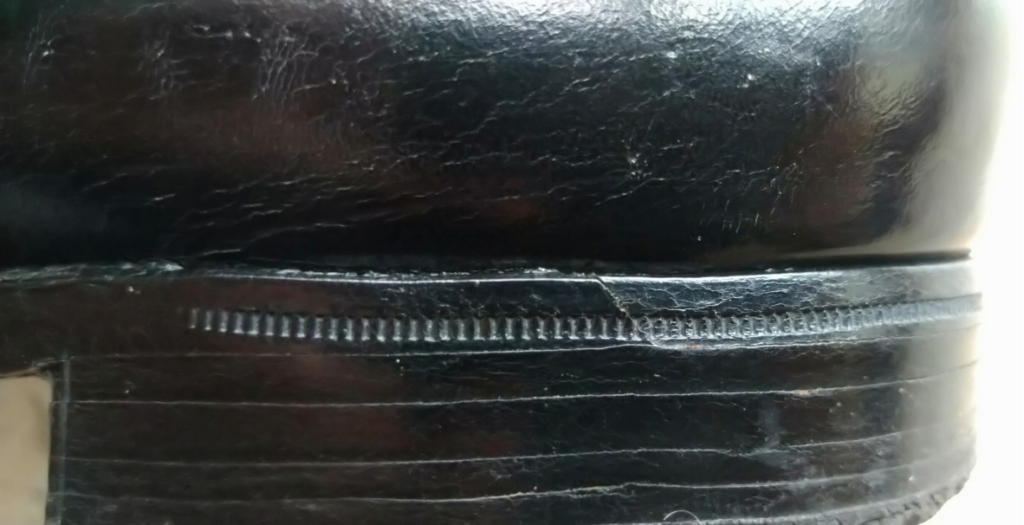
From middle range to high end Ready To Wear shoes, fudge on heel is quite common, but the fineness of this pair is impeccable.
An interesting detail is the connection the the circle of welt is in the heel, not the usual waist, I don’t know whether there is some consideration or advantage.
Lasting of Heel
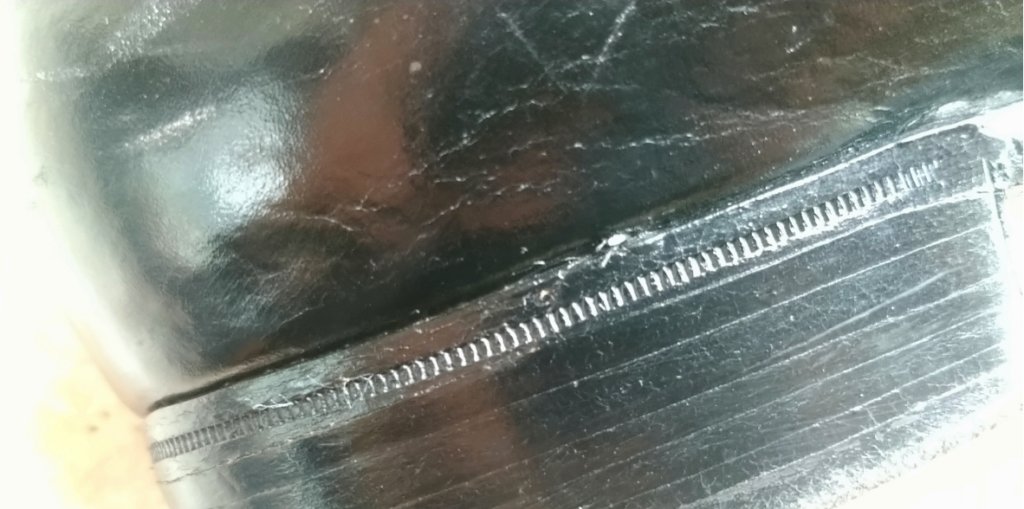
This is one point I keep emphasizing to tell how well a pair of shoes is lasted. This pair has the ability to challenge bespoke products.
Details
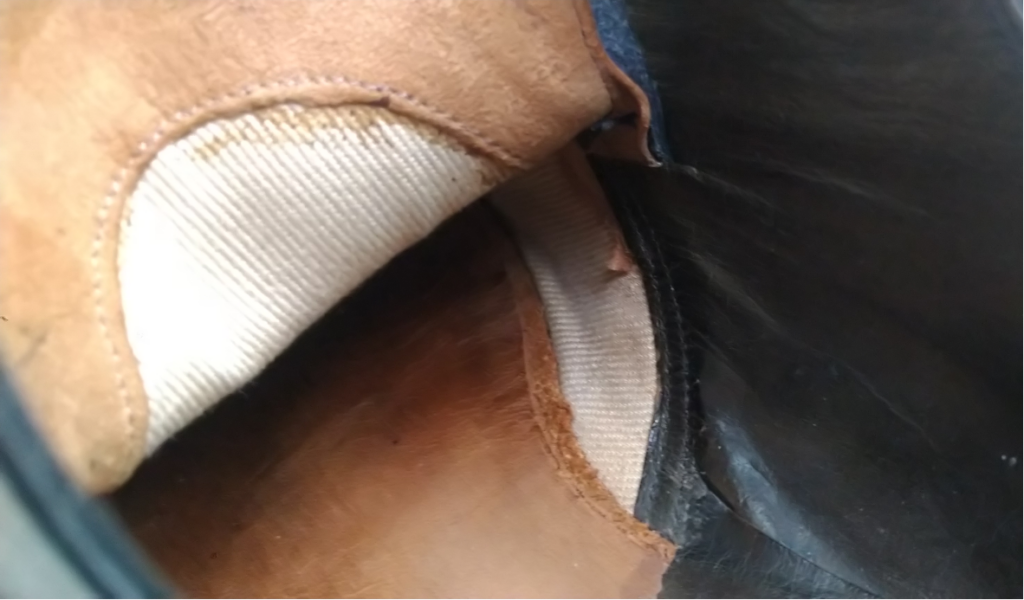
Cotton lining. Nowadays quality shoes all use leather lining, and calf leather for good. But in old days, cotton is not rarely seen. To absorb moist, cotton is not bad, however its wear resistance is inferior to leather.
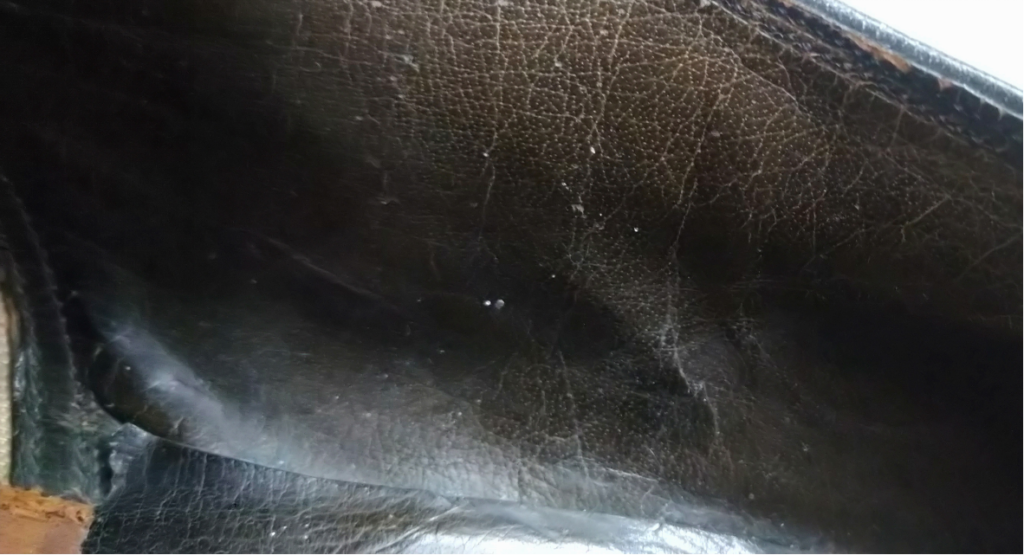
Conclusion
There is not doubt why when John Lobb searched factory to make its Ready To Wear, Crockett & Jones won the business.


內裡用棉的比較容易臭 皮抗菌能力比棉好
原来还有这个原因啊